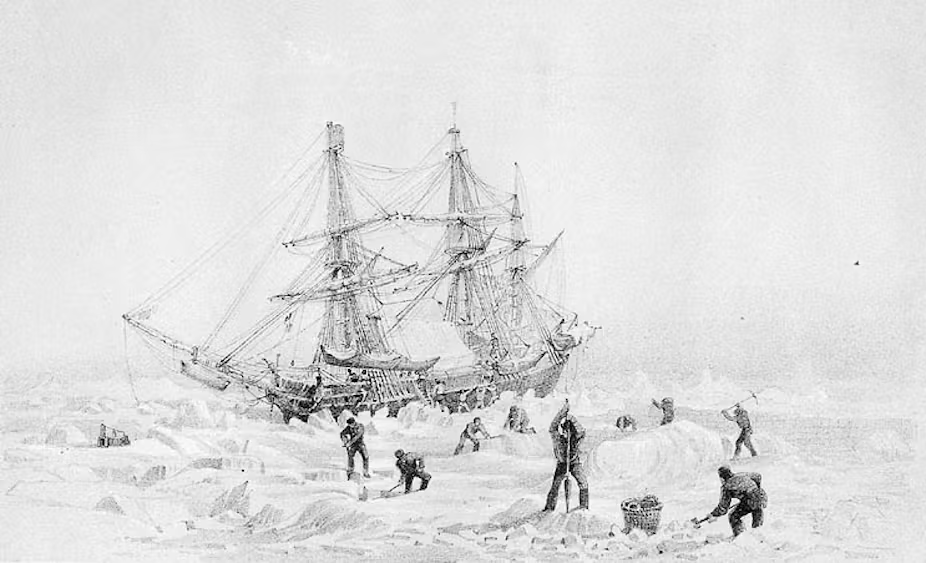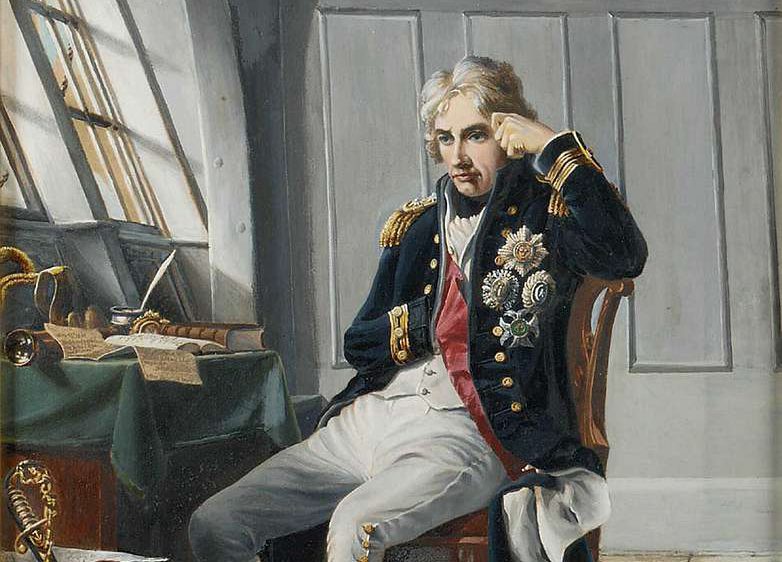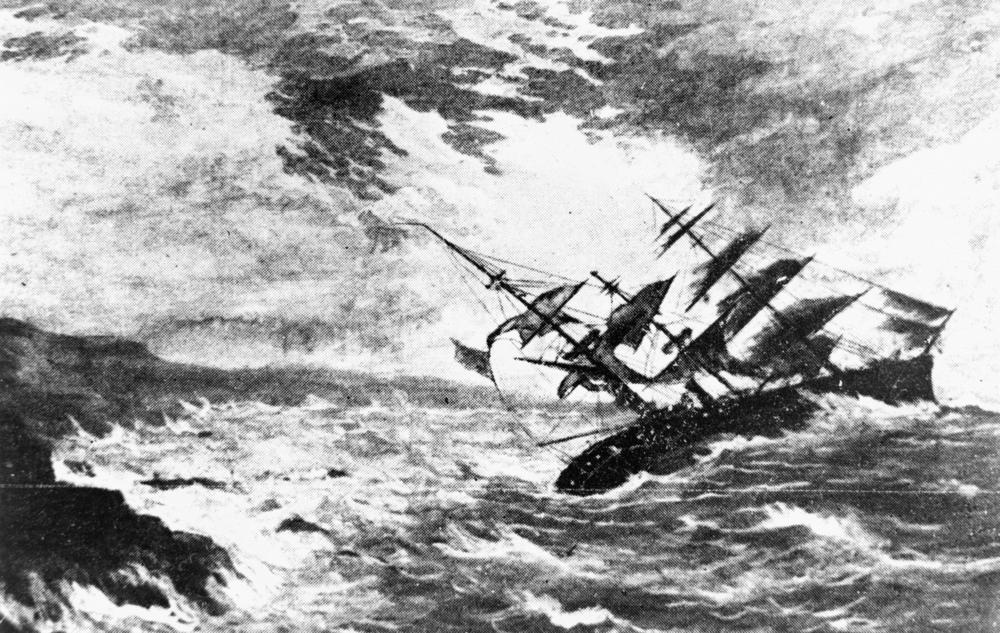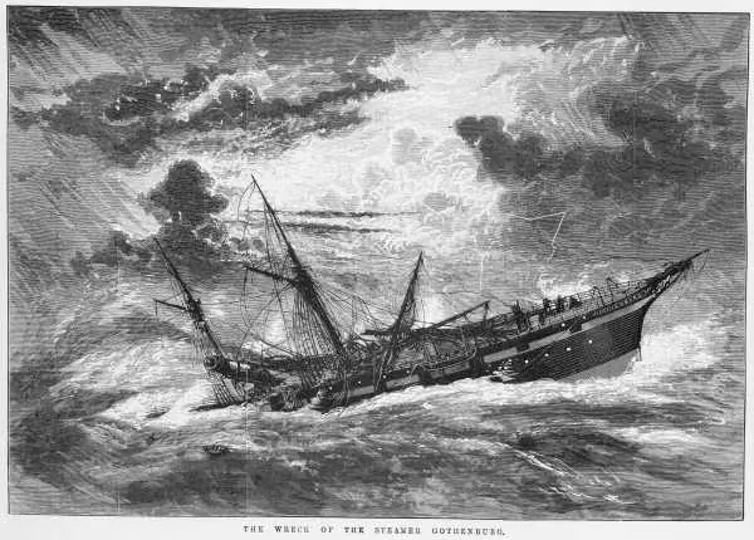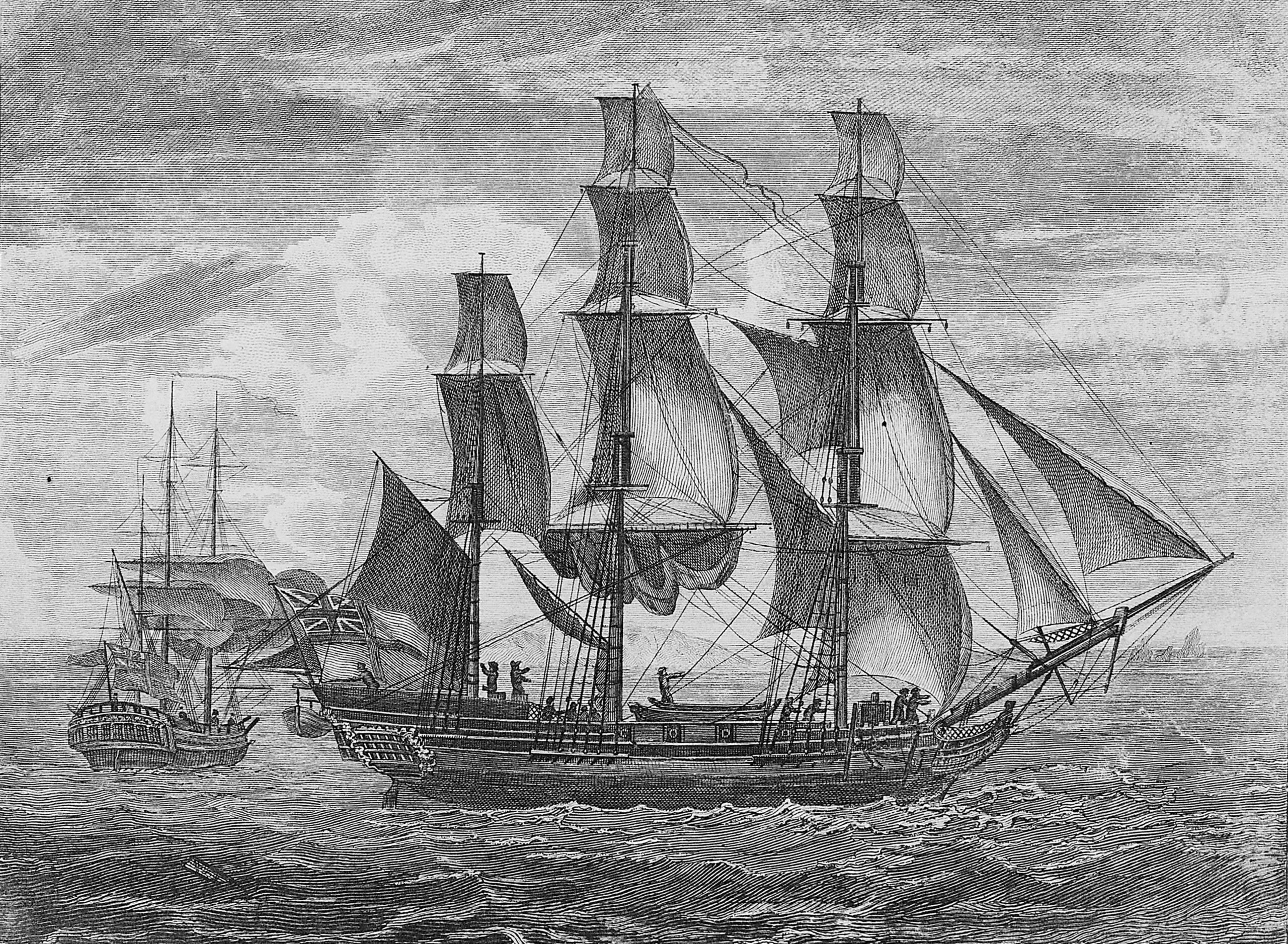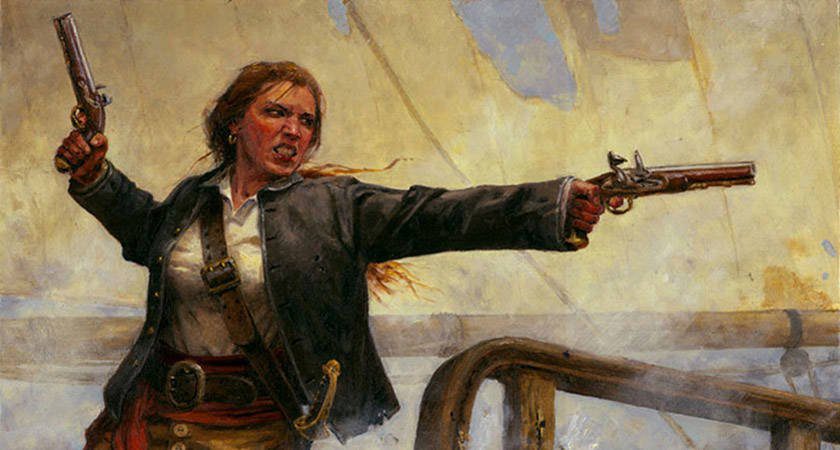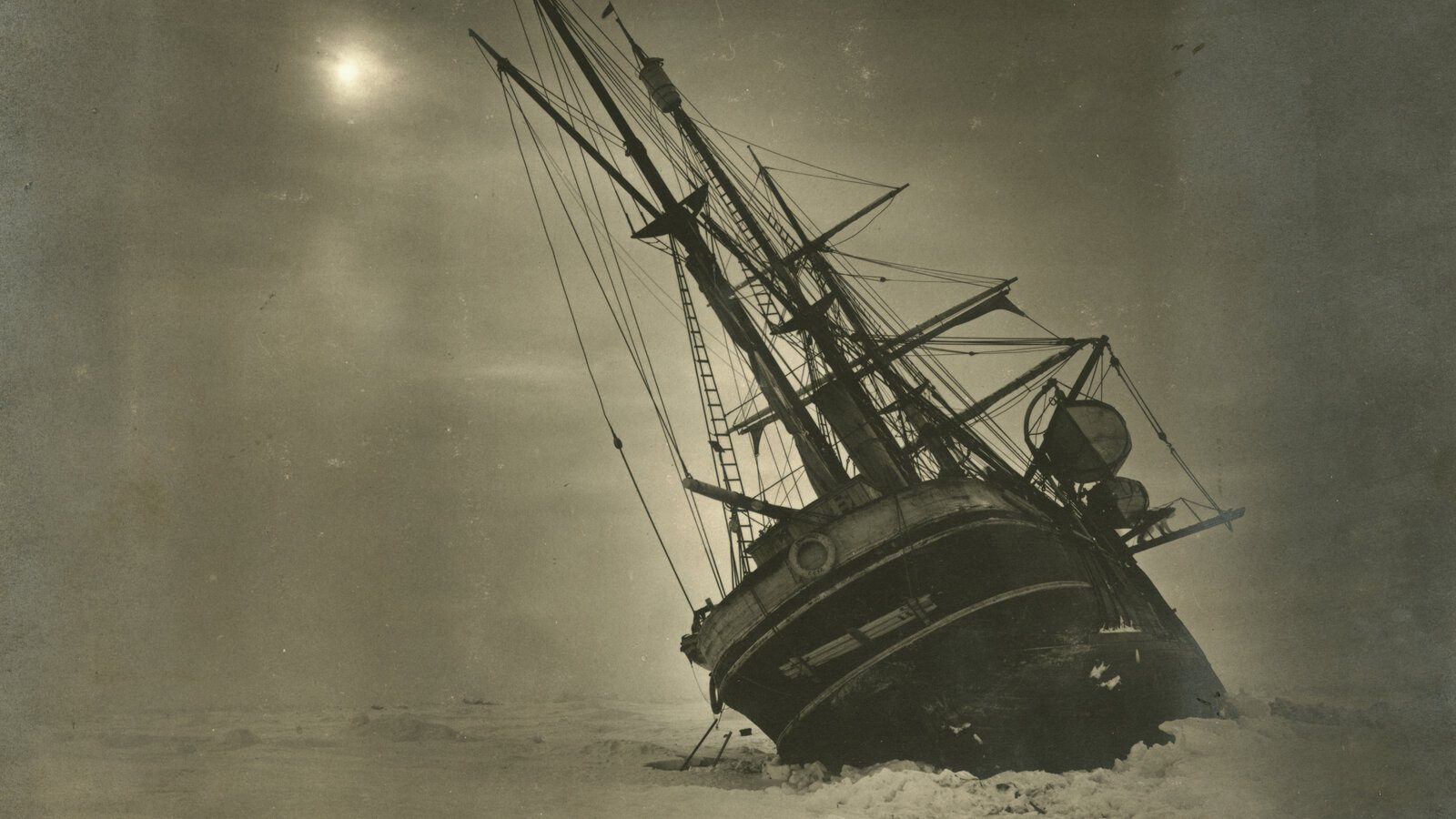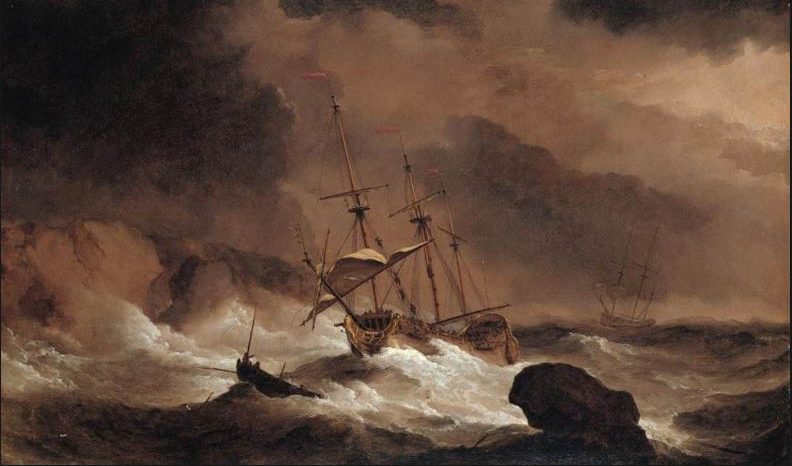
David Grann’s The Wager: a drama of murder, insurrection, escape and an empire at sea
Reading time: 7 minutes
In 1740, a modest squadron of ships from Britain’s Royal Navy departed Portsmouth in pursuit of an immoderate treasure. Commodore George Anson, who led the flotilla, was tasked with sailing south and west across the Atlantic Ocean, rounding Cape Horn, and interfering in imperial Spain’s lucrative trans-Pacific trade. But even before the mission got underway, its prospects of success appeared dubious. A sizeable proportion of the roughly 2,000 sailors and non-seamen under Anson’s command lacked suitable experience. Worse still was the fact that so many of them took up their posts already in a parlous state of health. It is little surprise, therefore, that Anson’s “famous” voyage around the world proved to be, for most of the men who undertook it, a journey of no return.

Dive! Australian Submariners at War by Mike Carlton – Book Review
Reading time: 4 minutes
Dive! opens with the best description of the development and implementation of submarine technology and doctrine I have ever read. This could easily be part of a broader history of submarines, Carlton has clearly done broad and extensive research and his writing effortlessly demonstrates his command of the topic.
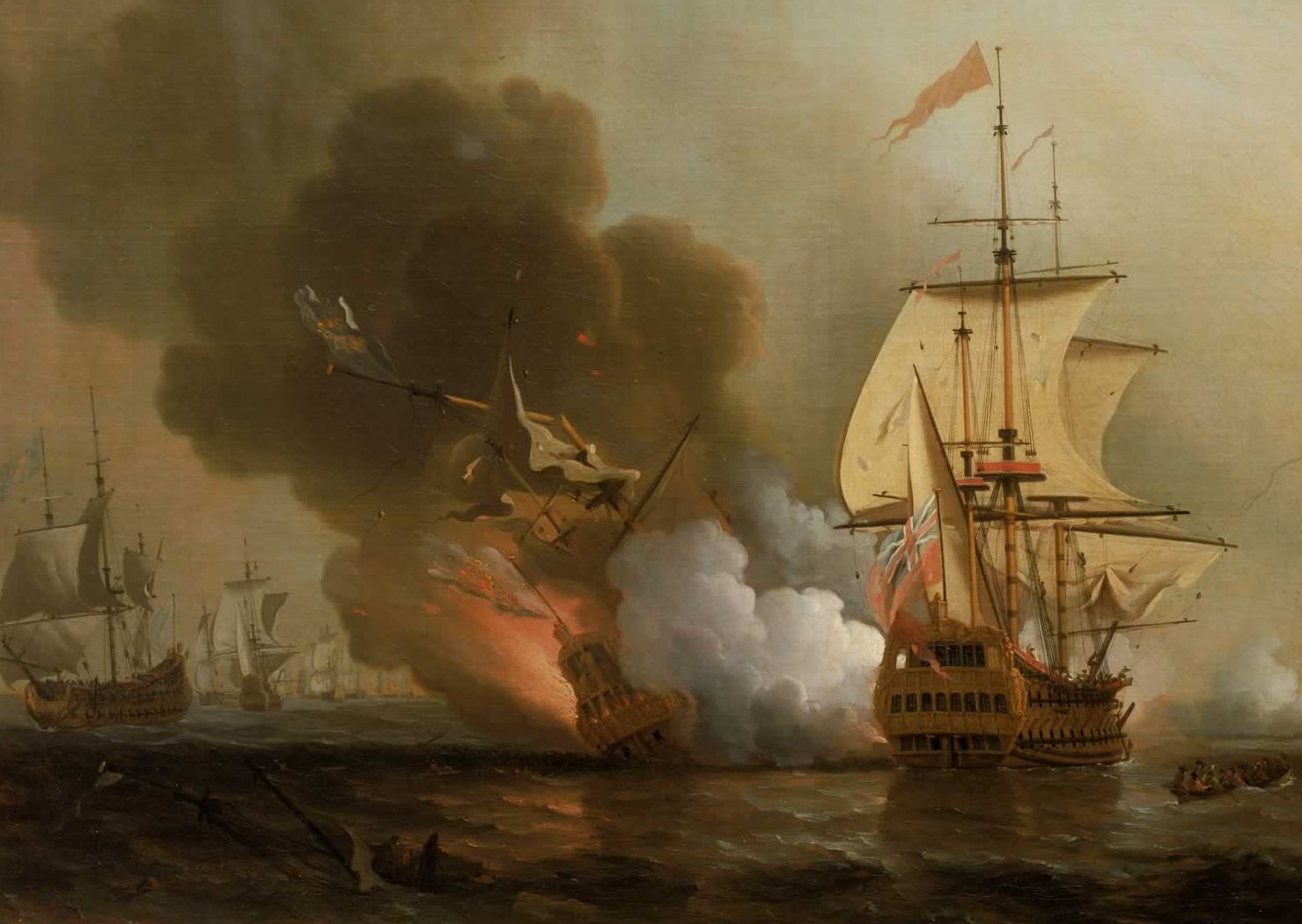
Shipwrecks of the Manila Galleons
Reading time: 8 minutes
Huge ships filled with canons, gold, porcelain, silk, and other riches from Asia, the Manila Galleons were the key vessels in transporting rare goods from Asia across the Pacific Ocean to Spanish holdings in Mexico. From there, the cargo could easily be sailed across the Atlantic to Spain and Europe.
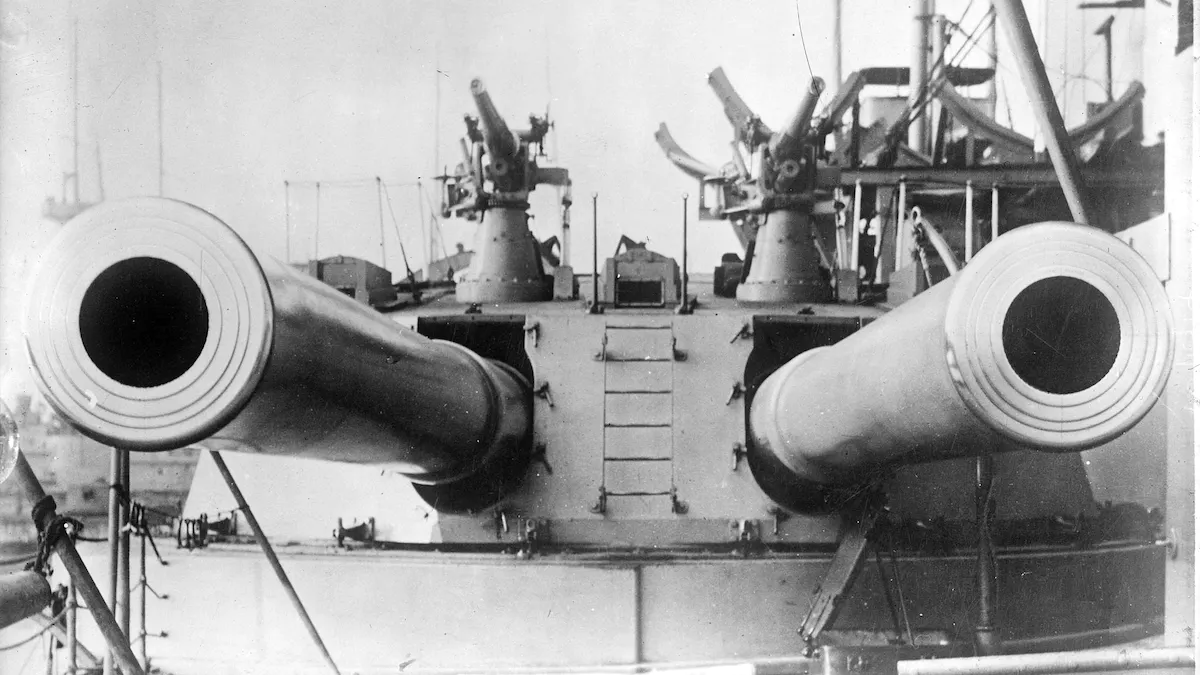
Maths swayed the Battle of Jutland – and helped Britain keep control of the seas
Reading time: 5 minutes
If you’re about to fight a battle, would you rather have a larger fleet, or a smaller but more advanced one? One hundred years ago, on May 31 1916, the British Royal Navy was about to find out if its choice of a larger fleet was the correct one. At the Battle of Jutland – as the major naval battle of World War I is known in English – these choices were unusually influenced by mathematics.
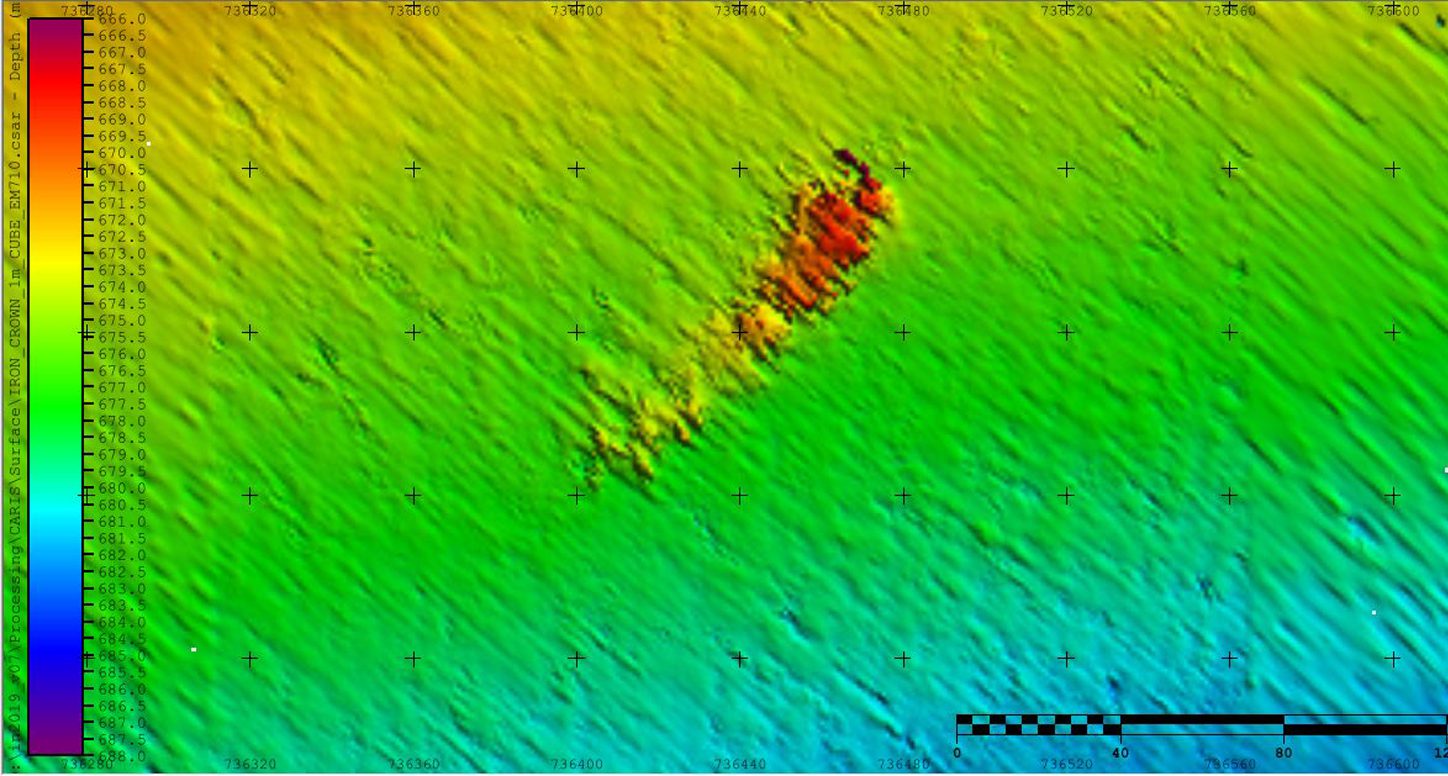
What happens now we’ve found the site of the lost Australian freighter SS Iron Crown, sunk in WWII
Reading time: 6 minutes
Finding shipwrecks isn’t easy – it’s a combination of survivor reports, excellent archival research, a highly skilled team, top equipment and some good old-fashioned luck.
And that’s just what happened with the recent discovery of SS Iron Crown, lost off the coast of Victoria in Bass Strait during the second world war.
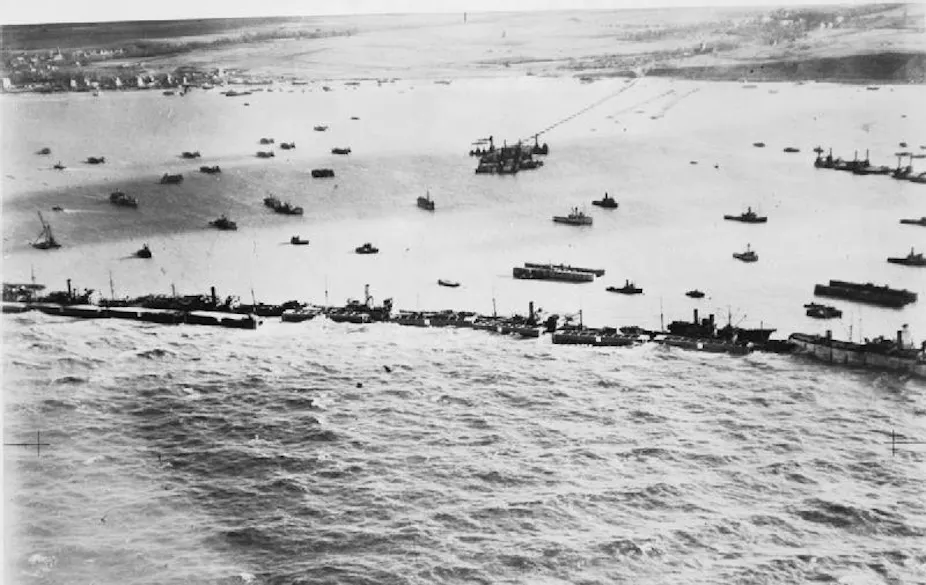
D-Day succeeded thanks to an ingenious design called the Mulberry Harbours
Reading time: 4 minutes
When Allied troops stormed the beaches at Normandy, France on June 6, 1944 – a bold invasion of Nazi-held territory that helped tip the balance of World War II – they were using a remarkable and entirely untested technology: artificial ports.
To stage what was then the largest seaborne assault in history, the American, British and Canadian armies needed to get at least 150,000 soldiers, military personnel and all their equipment ashore on day one of the invasion.
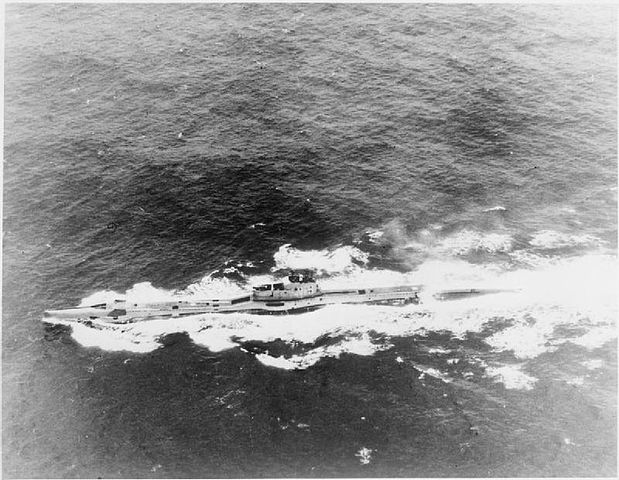
How the British navy hid the heroic voyage of crippled second world war submarine HMS Triumph
Reading time: 5 minutes
In September 1941 the British press enthralled its readers with a story of naval heroism that the public, battered by German bombing and strict rationing, was crying out for: a tale of survival against the odds.

The Scrap Iron Flotilla – Speaker: Mike Carlton via Zoom
Live Presentation via Zoom August 17 @ 7:00 pm – 8:00 pm AEST (UTC+10)
When war broke out in the Northern Hemisphere in 1939, the British called upon their Australian allies for support. The Australian government responded by sending five navy destroyers – HMAS Stuart, Vendetta, Vampire, Voyager and Waterhen.
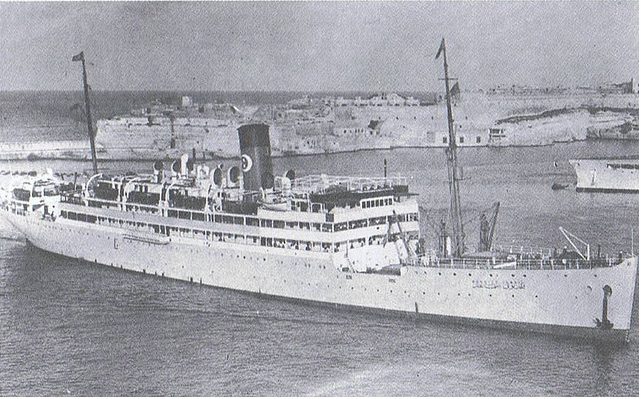
Women in the Second World War: The sinking of SS Khedive Ismail
Reading time: 7 minutes
On the afternoon of 12 February 1944, travelling in a convoy from Mombasa to Ceylon (modern-day Sri Lanka), troopship SS Khedive Ismail was struck by two Japanese torpedoes just south-west of the Maldives. Hit directly in the vicinity of its engine and boiler rooms, the ship sank within just two minutes of the attack. Of the 1,506 passengers and crew on board, mostly military personnel, there were little more than 200 survivors.
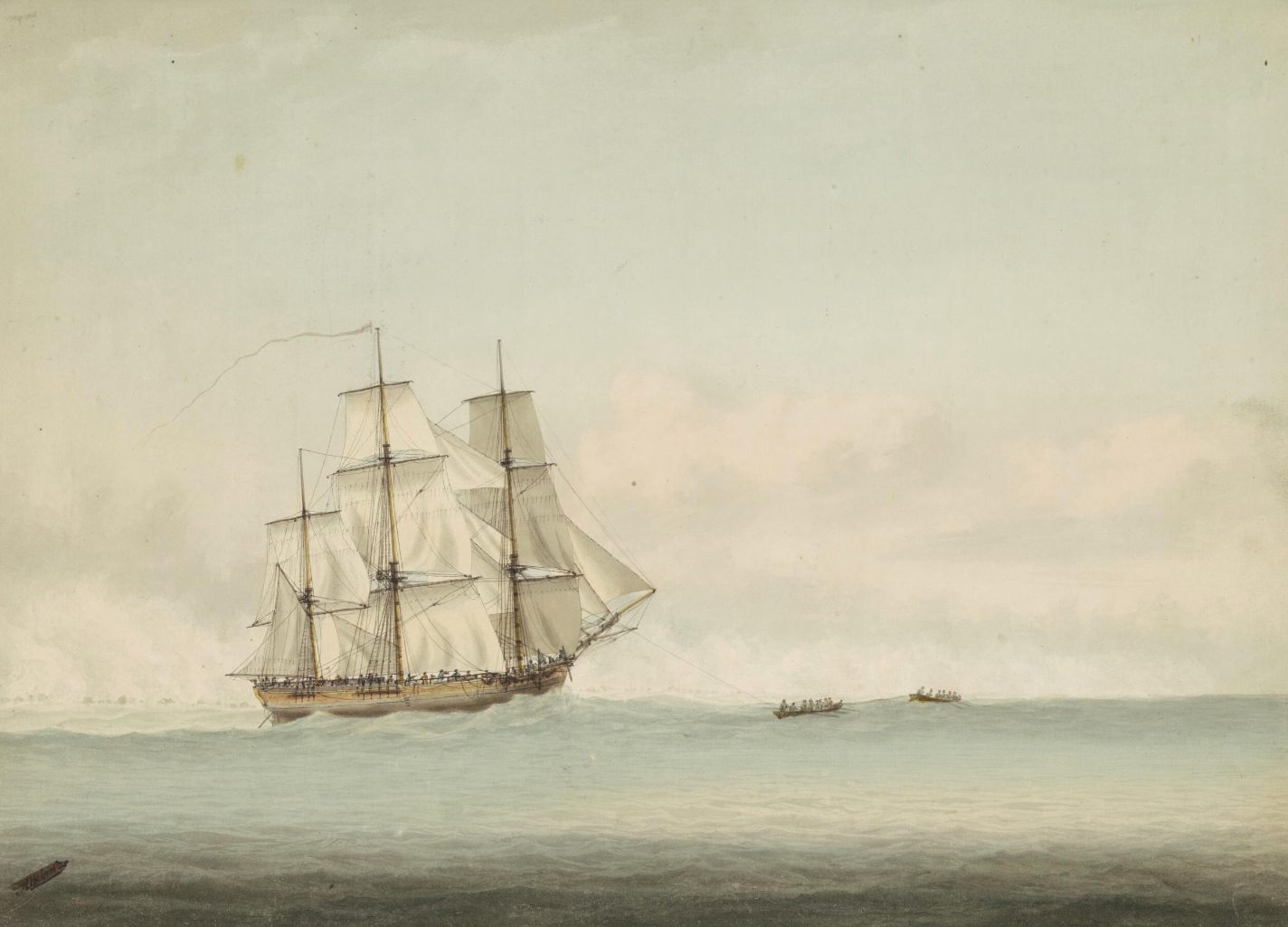
A Voyage Towards the South Pole and Round the World – Audiobook
On his first journey Cook mapped the east coast of Australia, on his second the British Admiralty sent him into the vast Southern Ocean. Equipped with one of the first accurate chronometers, Cook pushed his small vessel not merely into the Roaring Forties or the Furious Fifties but become the first explorer to penetrate the Antarctic Circle, reaching an incredible Latitude 71 degrees South, just failing to discover Antarctica.
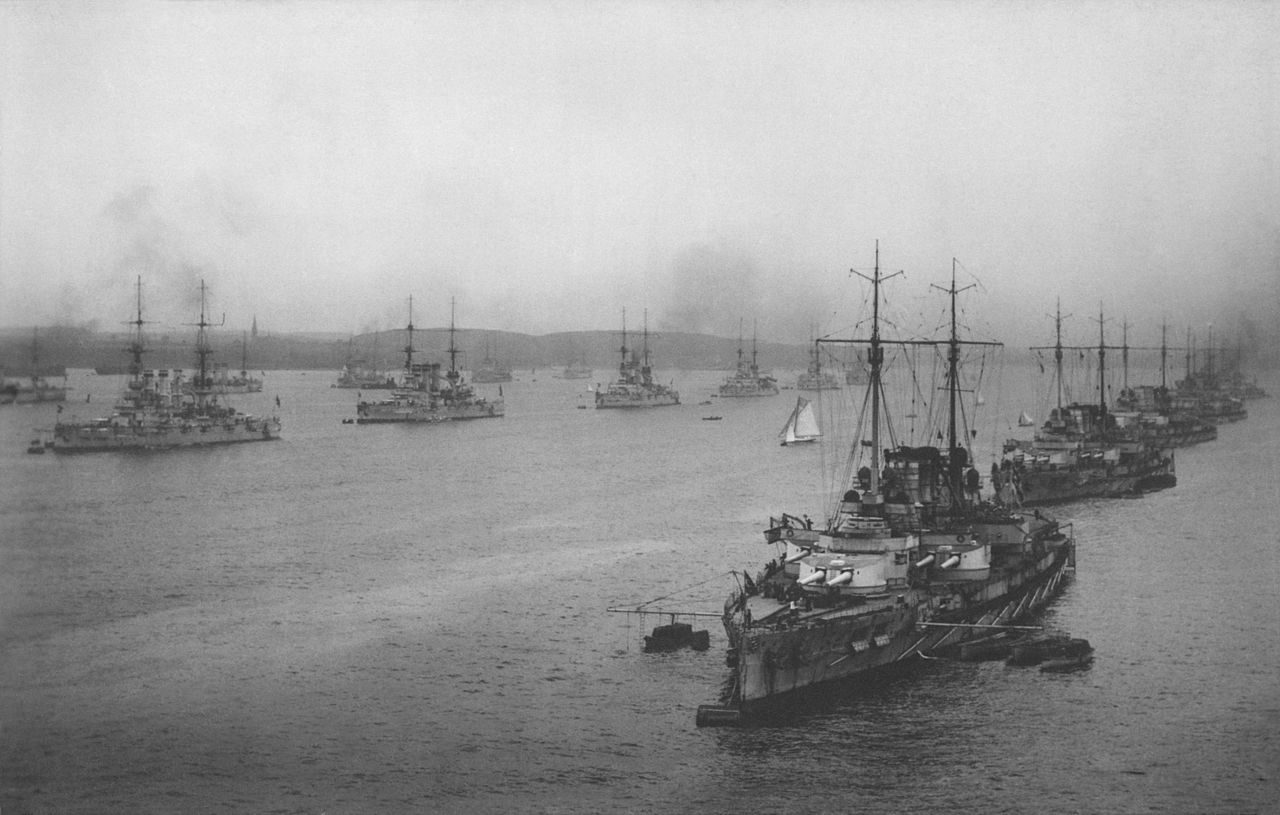
The German naval threat in the Indo-Pacific 1914–15
Among the flood of centenary anniversaries and commemorations, one that slipped past without comment was the destruction of the German cruiser Konigsberg in East Africa on 11 July 1915. Although less well-known than her sister raider Emden, Konigsberg managed to survive for eight months longer. By then, she was the last of the original batch of warships and armed merchant […]
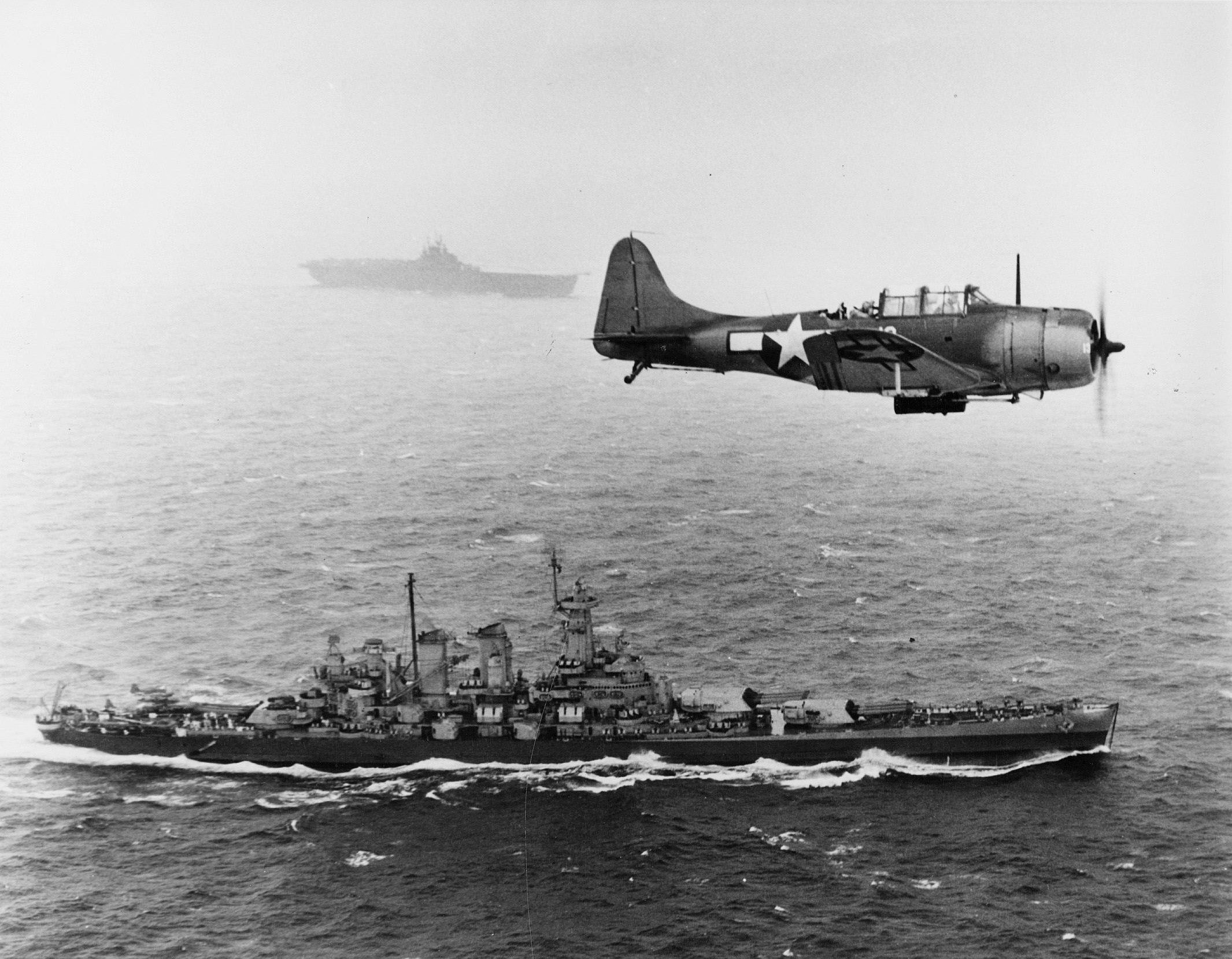
Early Raids Of the Pacific War
Less than two months after the devastating surprise attack at Pearl Harbour, the US Navy was on the offensive. They carried out several raids on Japanese territory in the Pacific. The Raid on the Marshall and Gilbert IslandsFebruary 1, 1942 The first offensive operation by Task Forces of the United States Pacific Fleet in the […]
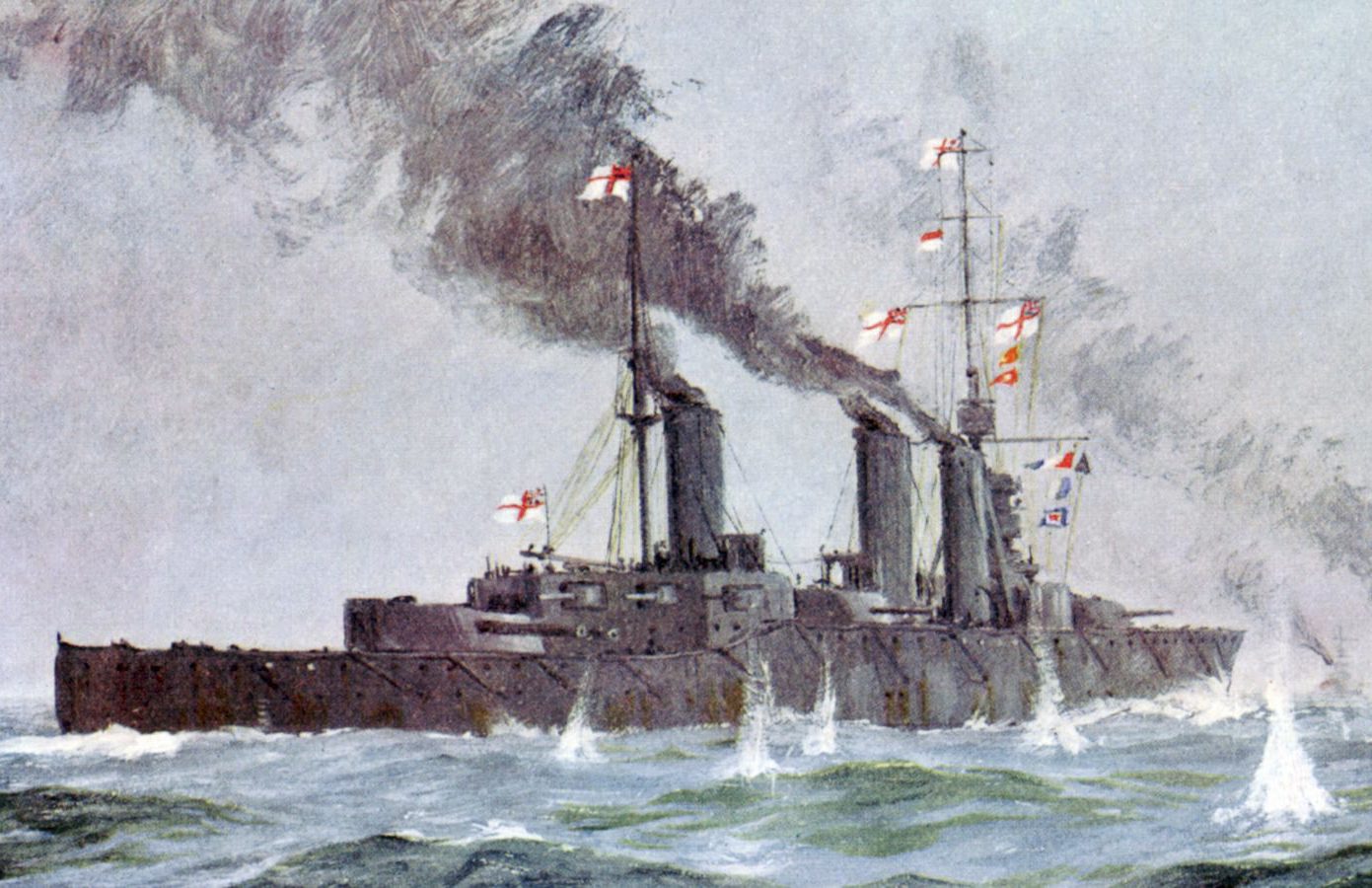
After Jutland: the North Sea operations of 18–19 August 1916
One of the Great War’s abiding myths is that the German High Sea Fleet never emerged again after the Battle of Jutland to face the Grand Fleet until the ignominious internment of its major units in November 1918. In reality, the Germans mounted another operation before the summer of 1916 had ended. As soon as […]
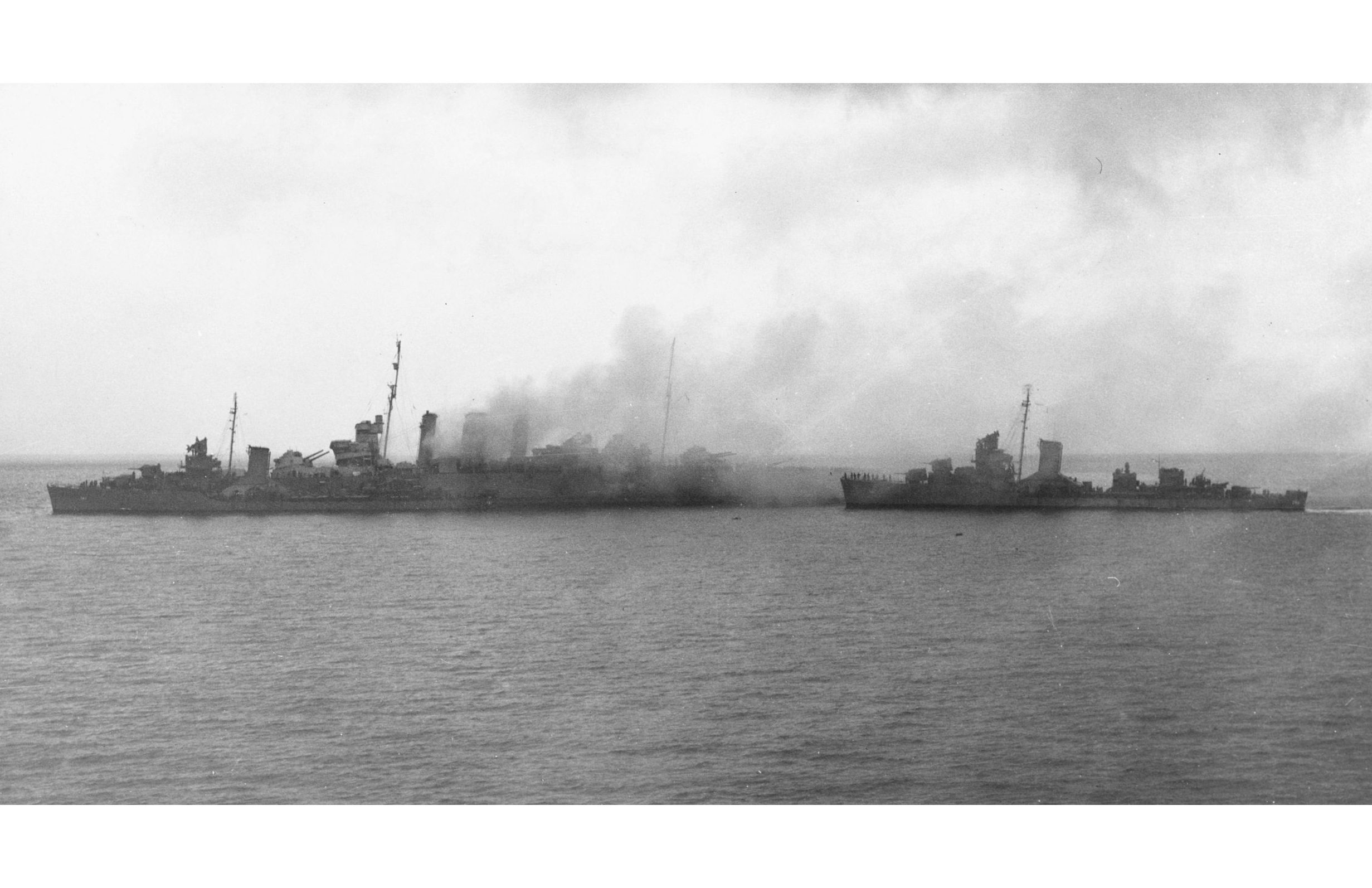
DISASTER AT SAVO ISLAND, 1942
The Battle of Savo Island The Battle of Savo Island occurred early in the morning on 9 August 1942 when the the Japanese 8th Fleet surprised the Allied Task Force shortly after the landing at Guadalcanal. In approximately 37 minutes, the Japanese Navy destroyed four Allied heavy cruisers and killed more than 1000 American and Australian sailors, handing […]
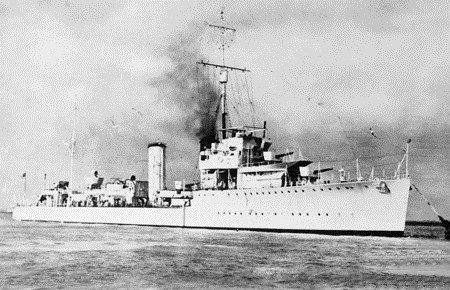
Scrap Iron Flotilla: The Royal Australian Navy at its Best
To the Axis Powers, the Australian flotilla that fought in the Mediterranean during the Second World War appeared to be no threat. Anyone looking at the old, small and slow destroyer group would think the same. Soon, however, the Axis and the rest of the world would learn just how formidable it was. The ‘Scrap […]

